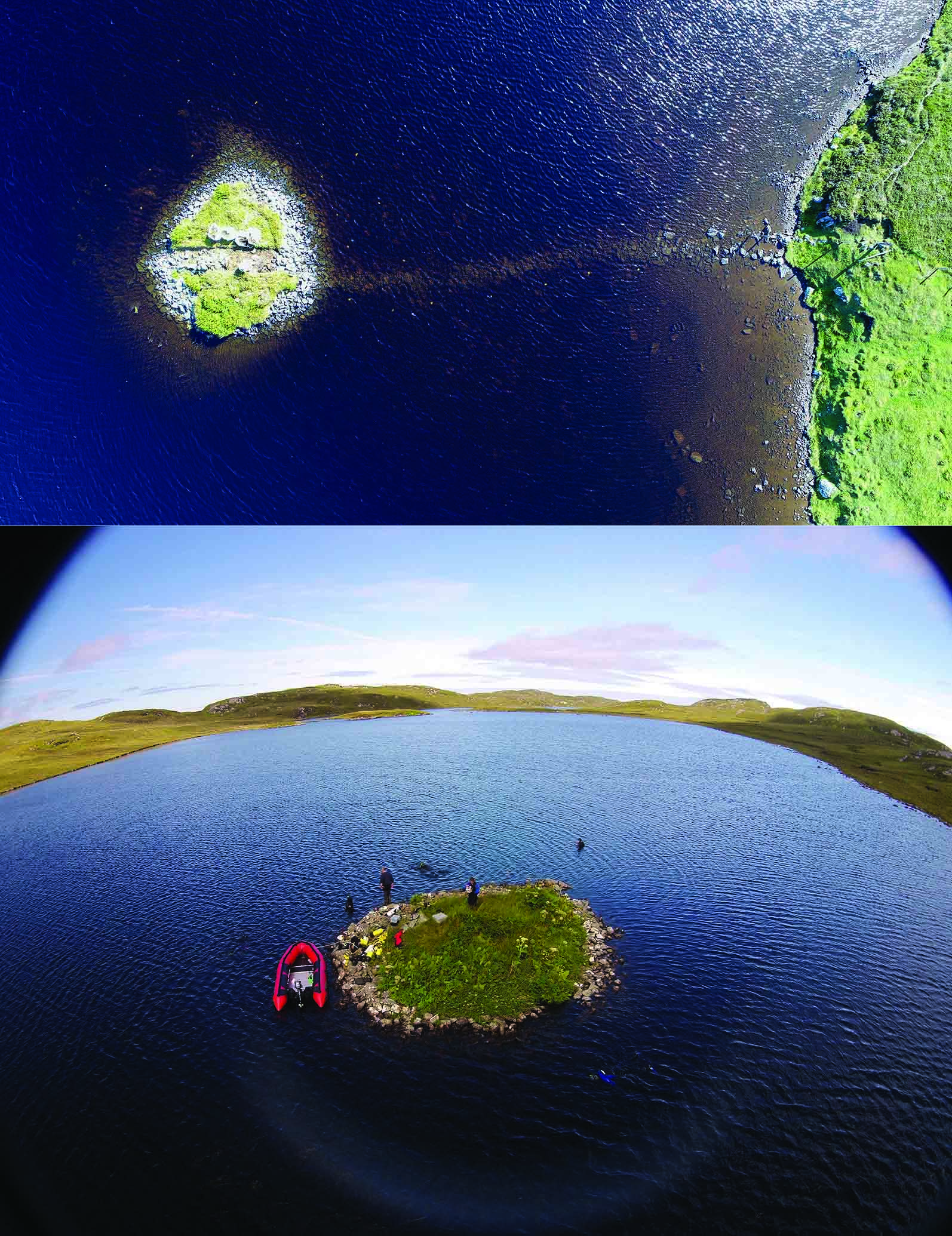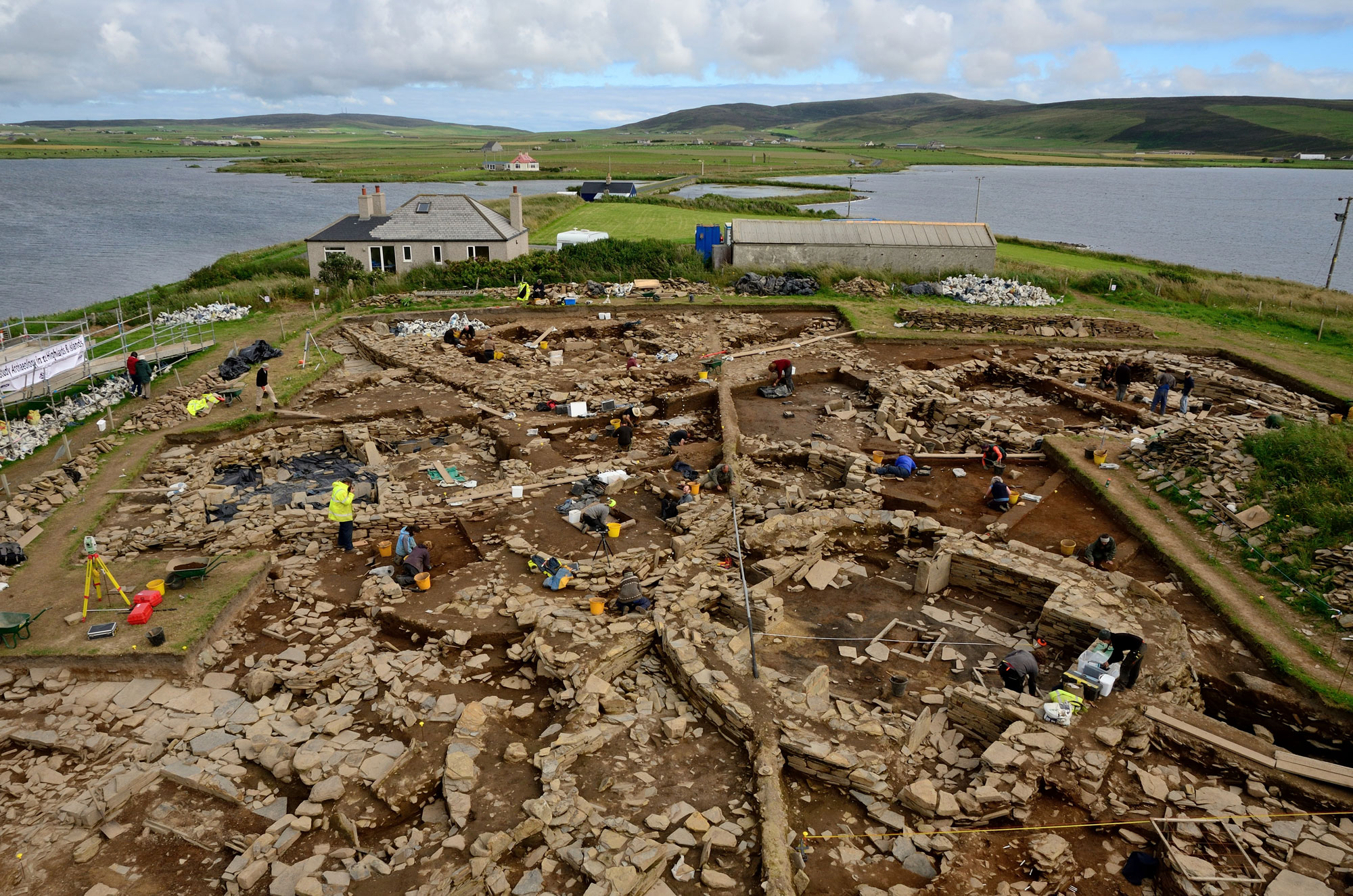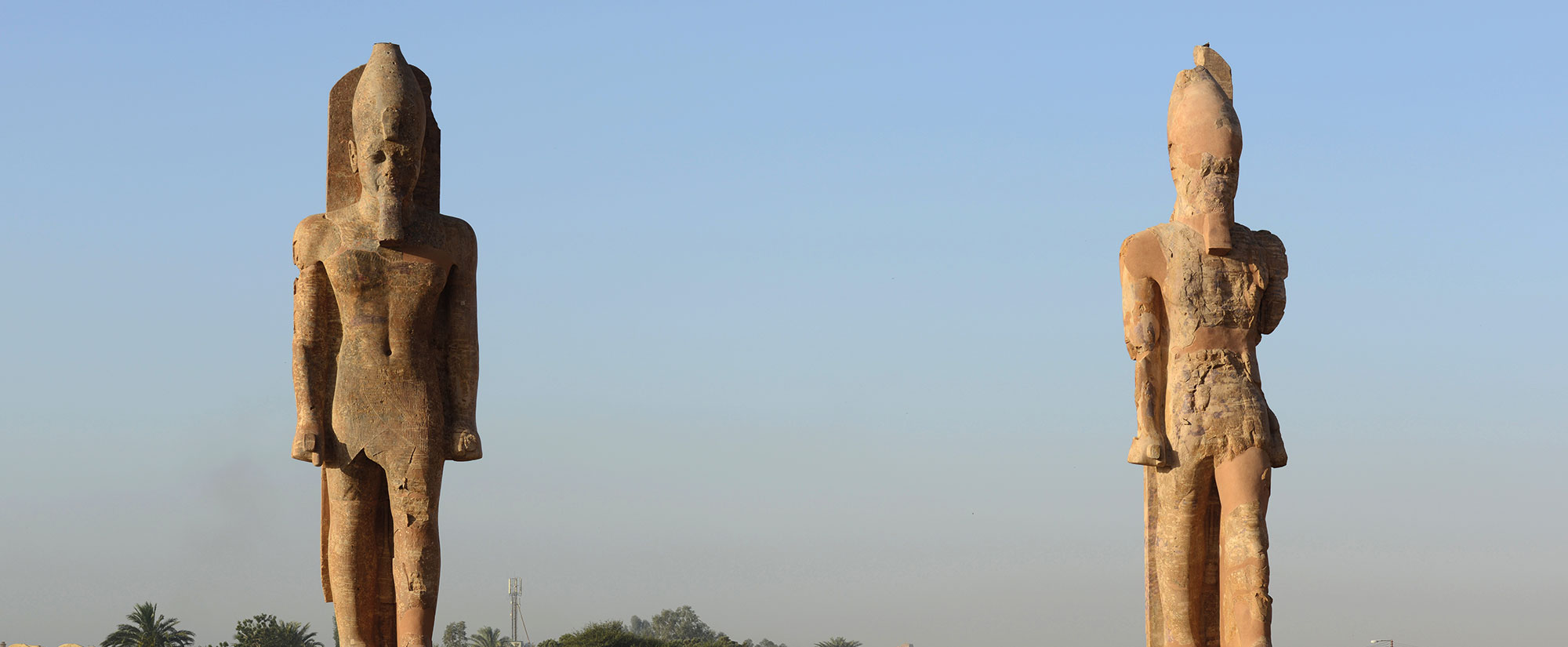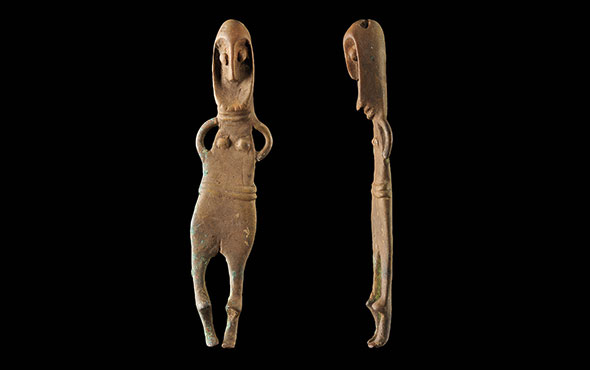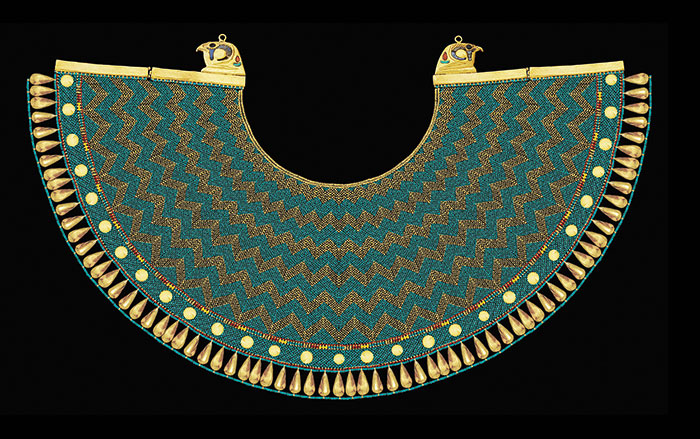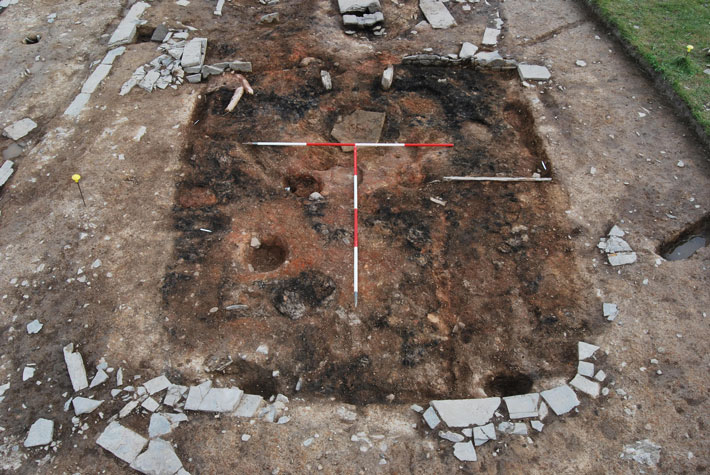
ABERDEENSHIRE, SCOTLAND—According to a statement released by Antiquity, stable isotope analysis of grain recovered from Balbridie, a Neolithic site in eastern Scotland, indicates that early farmers did not need to fertilize their fields with manure. Rosie Bishop of the University of Stavanger said that even though the grains had very low nitrogen levels, they were large and plentiful, reflecting the first phase of farming when the soils were productive without the need for added nutrients. In contrast, it is common to find evidence for the addition of manure to soils at early farm sites in England and in mainland Europe, Bishop explained. Evidence for the addition of manure was also detected at a farm site of the same age located to the south of Balbridie. By 3300 to 2400 B.C., the use of manure became the norm in Scotland, Bishop said, as Neolithic farmers established permanent fields. Read the original scholarly article about this research in Antiquity. To read about a ceremonial center on the Scottish archipelago of Orkney, go to "Neolithic Europe's Remote Heart."



